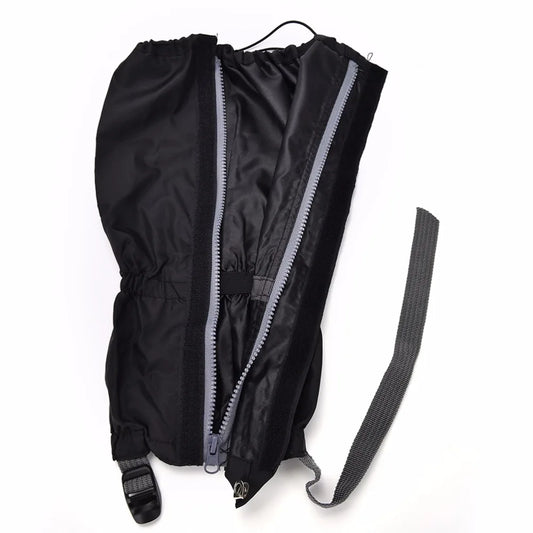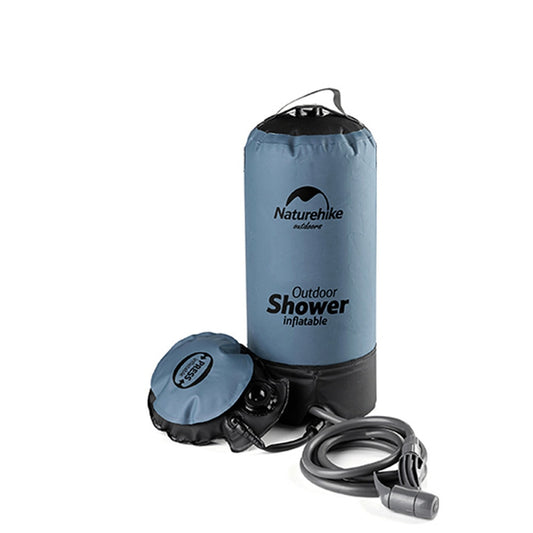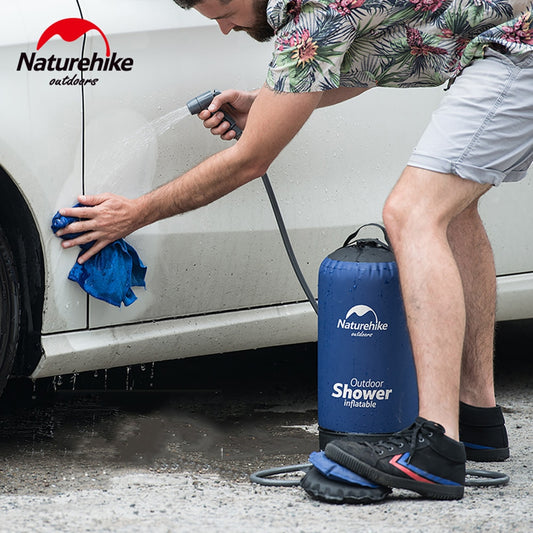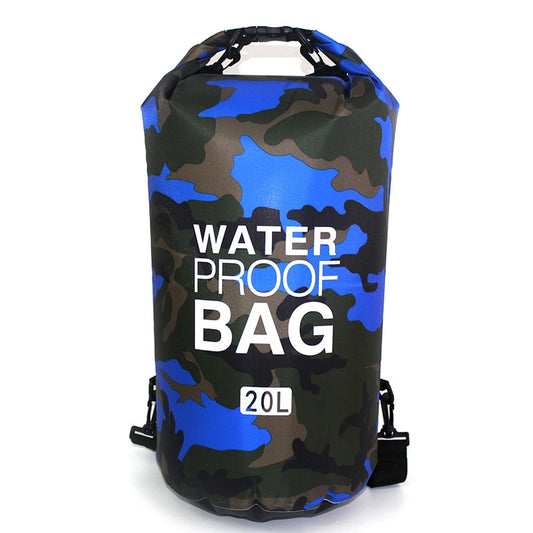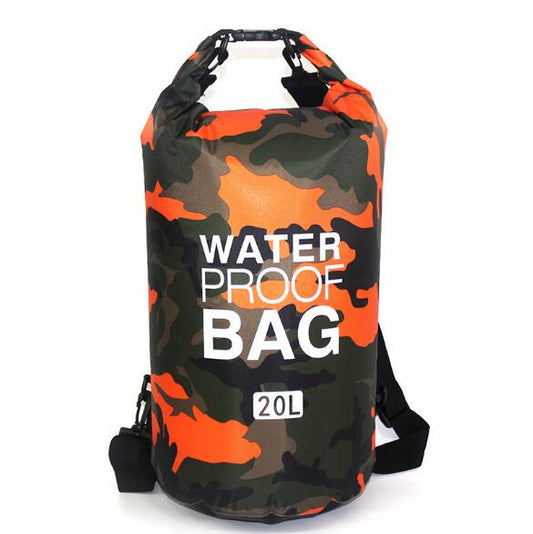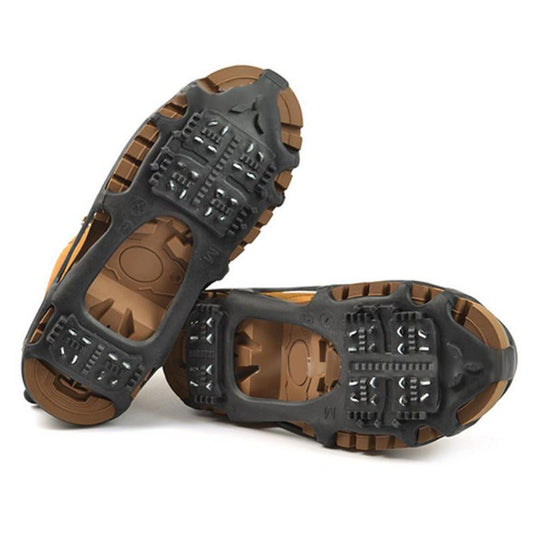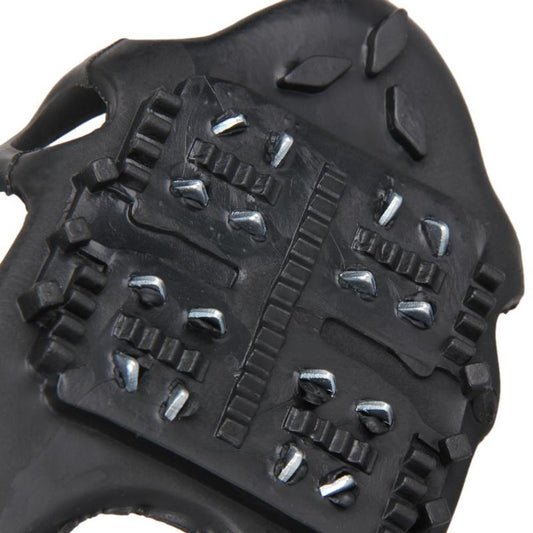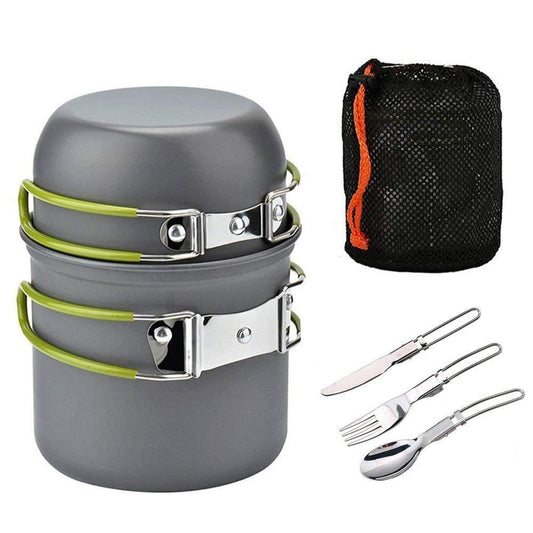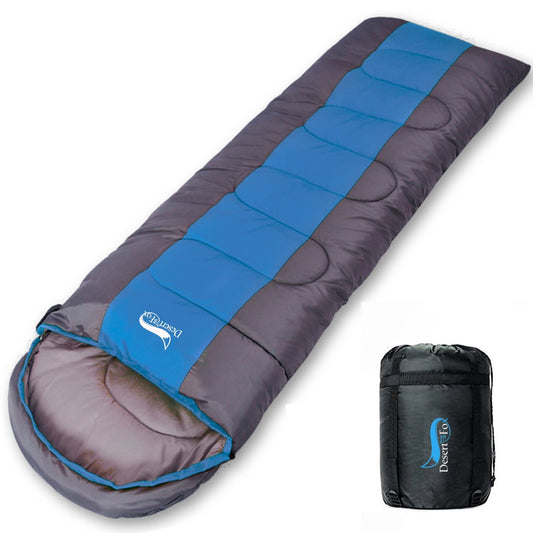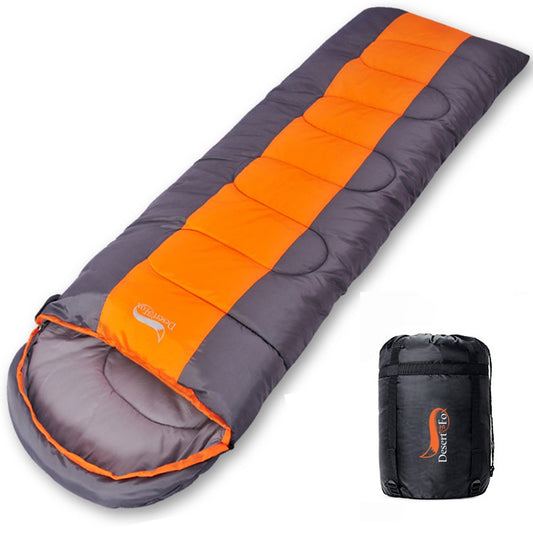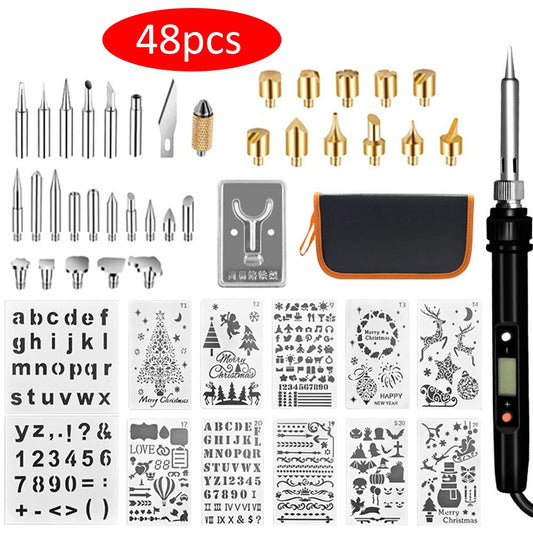
5 Best Options to Build a Safe Room in Your Home
Share
As a responsible homeowner, creating a safe room in your home can provide a secure space for you and your family during emergencies and can serve as a valuable addition to your home.
Here are some of the best options available to build a safe room:
Reinforce an Existing Room: One option is to reinforce an existing room in your home, such as a basement, interior room, or walk-in closet. To enhance the room's security, consider reinforcing the walls, ceiling, and door with materials like steel or reinforced concrete. Install a solid core door with a deadbolt lock and consider adding a security system, surveillance cameras, and a panic button for additional protection.

A room made with concrete blocks reinforced with steel reinforcing rods and a poured concrete top is strong. The reinforcing rods should extend deep into concrete footers in the ground. Fill the open block core with concrete and gravel. Install small metal vents and a heavy steel door with multiple latches.
To attach the walls to the slab or foundation, install 12-in. long anchor bolts every three or four feet when the concrete is poured. In addition to just the anchor bolts to attach the walls to the base, use special connector straps.

Assemble all of the supporting lumber in the walls with a pneumatic nail gun. The nails which these guns use are coated with a dry adhesive. When the nail is shot into the wood, the heat from the friction causes the adhesive to liquefy and set in the wood.
Use wall sheathing, either plywood or OSB, which is about one foot taller than the height of your walls. This will extend from below the top of the slab or foundation to above the top of the wall to create a continuous surface. Both Simpson and USP Connectors make various framing connectors you can use throughout the entire structure.

Once built don't forget about a fortified door. One designed to be the safest during a break-in, social unrest, or a natural disaster. It’s a great idea not only for those safety reasons but also for the security of an extensive collection of guns, art, or large valuables.
Keep yourself, your family, your business, firearms, and valuables safe and sound with a strong fortified panic room. Don't forget to include things like shelves, pistol/rifle racks, baskets, and more.

Convert a Storage Space: If you have a large storage area or unused space, you can convert it into a safe room. Evaluate the area for structural integrity and reinforce it as necessary. Install a fortified secure door, add ventilation options, and ensure there are communication devices available, such as a phone or radio, to maintain contact with the outside world.

Install a Prefabricated Safe Room: Prefabricated safe rooms are designed specifically for emergency situations. They come in various sizes and can be installed in an existing room or even in a garage. These rooms often include reinforced walls, ballistic-resistant materials, ventilation, communication systems, and emergency supplies. Prefabricated safe rooms provide a quick and convenient solution with minimal construction required.

Construct an Underground Bunker: For homeowners seeking a higher level of protection, constructing an underground bunker is an option. Underground bunkers are typically located beneath the ground and can be designed to withstand extreme weather events or even provide protection against nuclear or biological threats. Constructing an underground bunker requires careful planning, engineering expertise, and adherence to local building codes and regulations.
Seek Professional Assistance: Building a safe room requires careful consideration of structural integrity, ventilation, security features, and emergency supplies. Consulting with professionals, such as architects, contractors, or security experts, can help ensure that your safe room is properly designed and constructed to meet your specific needs. They can provide guidance on the best location, materials, and security measures to enhance the safety of your safe room.Remember to consider factors such as accessibility, emergency supplies, and communication devices when designing your safe room. It's also important to communicate emergency plans and procedures with your family members to ensure everyone knows how to use the safe room effectively during an emergency.
Building a safe room is an investment in your family's safety and peace of mind. Take the time to assess your needs, explore the available options, and seek professional advice to create a secure space that meets your specific requirements.
If you have any questions or comments, please leave them below.
Thanks!
Coach Trina @ dragoyle.com




